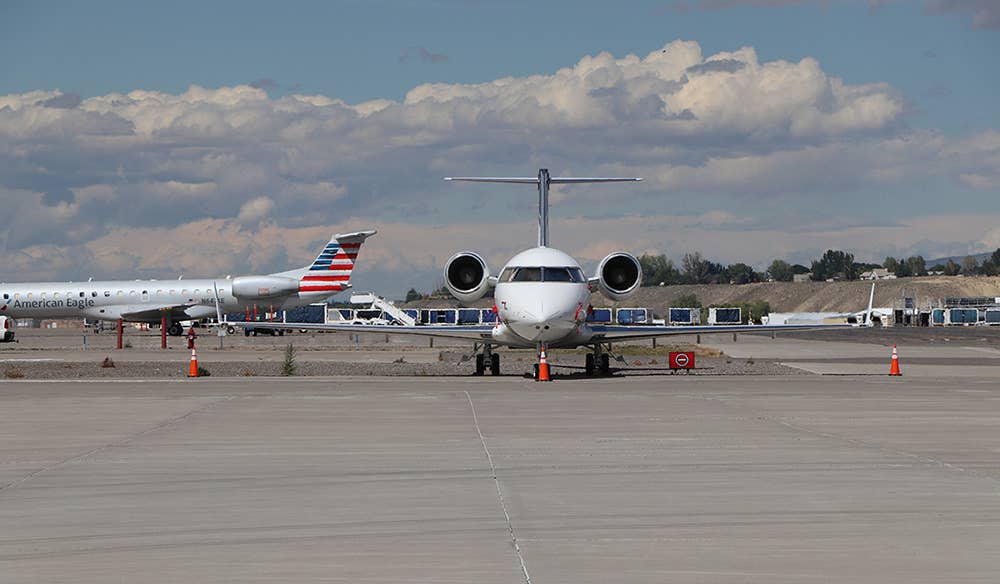Using Single-Pilot GA Aircraft as a Business Tool Can Push the Bounds of Safety

On screen, this multileg route looks quite feasible in a Cirrus SR22T, but when factors such as weather, meeting overruns, fatigue and other unplanned circumstances arise, it might not be the safest idea to fly this all in one day. Kim Rosenlof
On paper, it looks like a very doable day: Depart from your home base of Scottsdale, Arizona (KSDL) in your Cirrus SR22T by 7:30 a.m., fly 224 nm to North Las Vegas Airport (KVGT) for a 10 a.m. business meeting at the Stratosphere, head 100 nm east to check in at your St. George, Utah, factory and leave KSGU for a 270 nm trip to Telluride, Colorado (KTEX) to meet up with the spouse for a summer mountain-biking weekend. The three flights total less than 3.5 hours of flying, and all are hops well within the Cirrus’ capability.
In a professionally piloted bizjet, this schedule would be just another day at the office. But flying such a schedule as a single-pilot owner-operator in a piston-powered aircraft can be another matter. How alert might you be on that third leg of the journey, flying into a high-altitude airport that routinely diverts even bizjet traffic to nearby Montrose due to crosswinds?
The capability of flying into noncommercial airports on your own schedule is a main reason why many business owners and Type A personalities become pilots. However, using a light GA aircraft for business transportation carries significant risks. Business-related pressure, anxiety and emotions can add to the demands of flying an airplane single-pilot and take attention away from your pilot duties.
“Get-there-itis" can loom larger when business is involved, especially considering actual financial implications or losing face among business associates if you miss a meeting. Weather is often more of a factor for small GA aircraft than for business jets that can fly over the top, so GA pilots should think about padding their schedules with extra hours or days to ensure they can arrive on time despite weather problems or other difficulties. And they must be prepared to stay an extra day or take alternate travel methods home if weather or mechanical issues delay the flight back.
The 1930s adage “if you have time to spare, go by air” definitely still applies to general aviation, but the need to attend a meeting shouldn’t override common sense when it comes to weather, checking for TFRs and notams, and so on
Bottom line: If you absolutely must be somewhere for business, consider letting someone else do the piloting and save the GA flying for your off time. And if you find that flying to your business meetings was the best part of your day, you might consider a career change.

Subscribe to Our Newsletter
Get the latest FLYING stories delivered directly to your inbox






